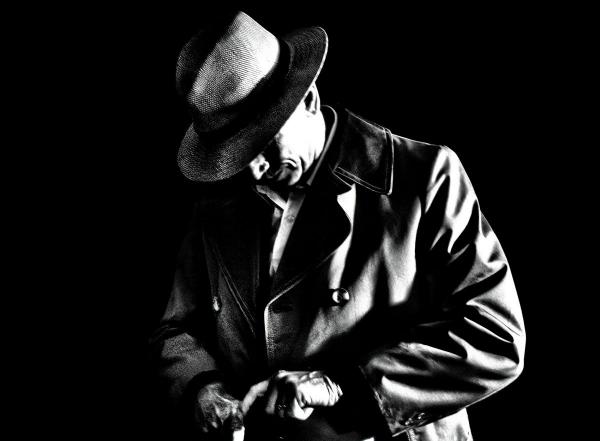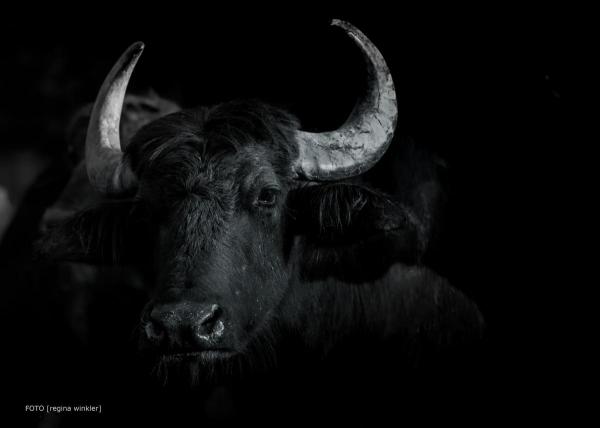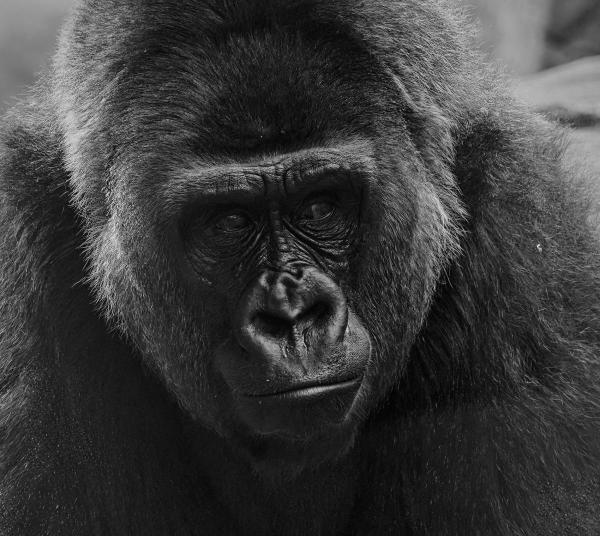The Intriguing Winners of the “Mostly Black” Photo Challenge
In the vein of capturing moments that speak volumes, we’re thrilled to annnouce GuruShots‘ latest photographic endeavor, the “Mostly Black” challenge: an invitation for photographers to delve into the intriguing world of monochrome, showcasing the power and elegance of black, white, and every shade in between. The entrants have surpassed expectations, presenting everything from the stark contrast of a shadowy silhouette to the subtle nuances of grayscale landscapes.
The top entries stood out due to their adept use of contrast, skillful manipulation of tones, and their ability to capture the essence of the “Mostly Black: theme. The displayed talent and artistic vision were truly captivating, demonstrating these photographers’ remarkable ability to convey profound stories and emotions through shades of black and white.
We are proud to showcase the winning images below, along with seven impressive runner-ups. Additionally, don’t miss the enthralling slideshow gallery at the end of this article, featuring more exceptional entries from the “Mostly Black” challenge. Also, check out GuruShots’ newest app AI Art Master.
Winning Images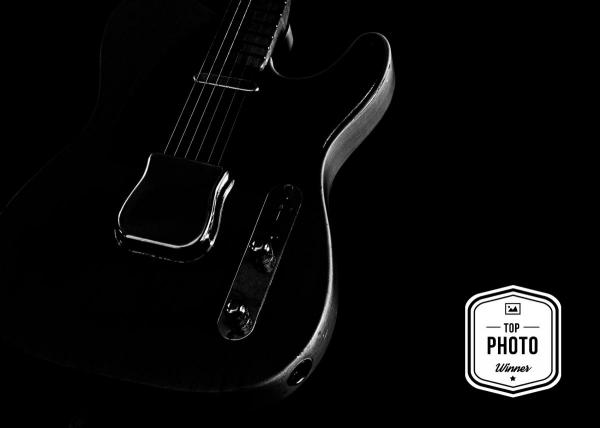
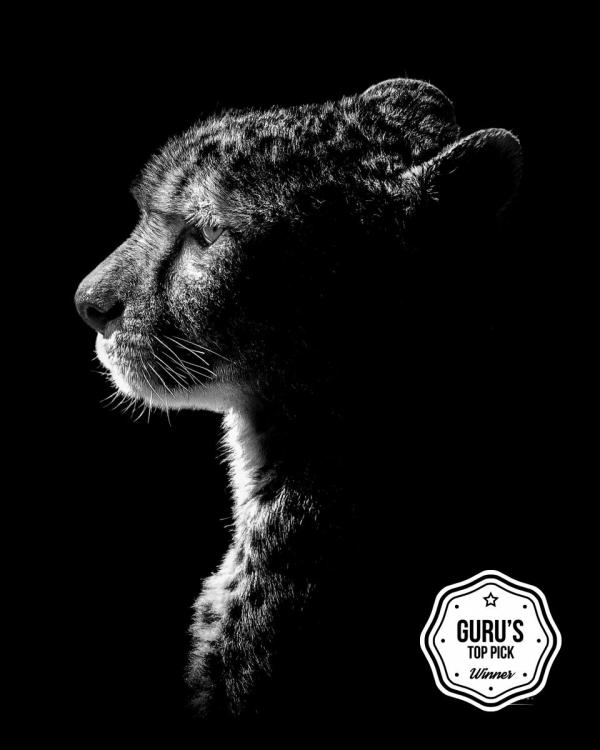
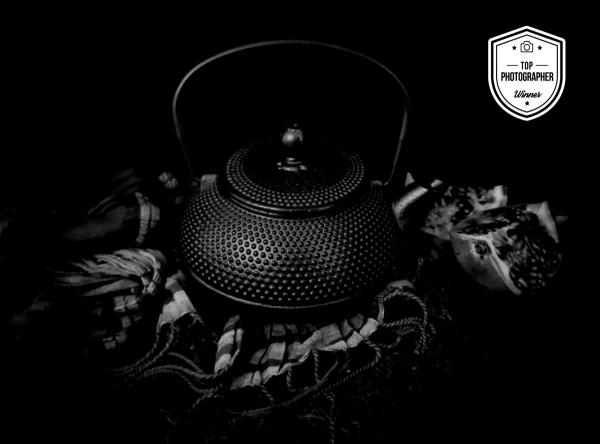
Runners Up
